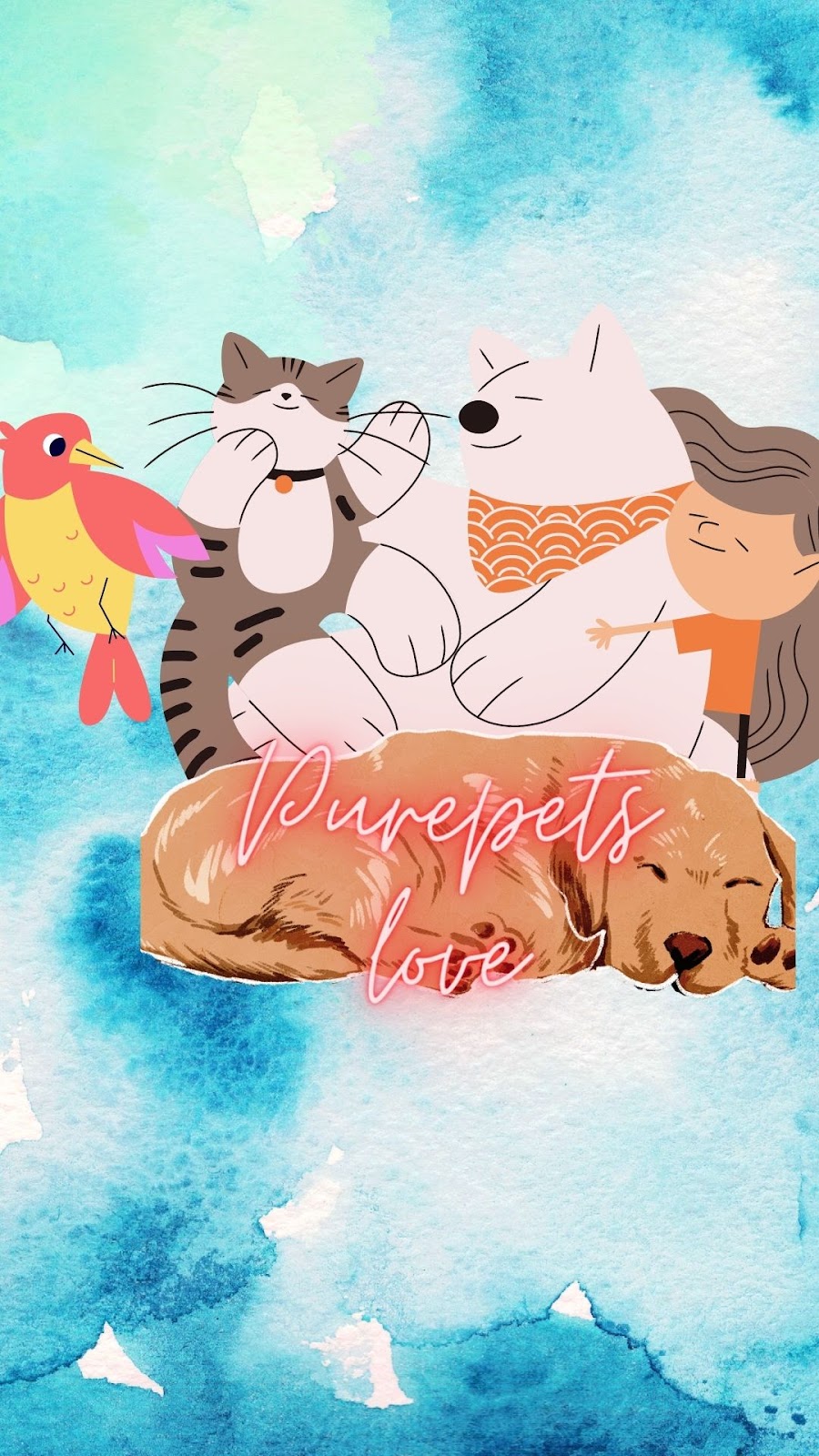Author: Nishu Singh
Introduction:
Step into the mesmerizing world of arachnids, where eight-legged wonders capture our imagination and ignite our curiosity. Among these captivating creatures, the curly hair tarantula stands as a mysterious enigma, beckoning us to explore its secrets. In this article, we embark on a journey to unravel the complexities of keeping curly hair tarantulas as pets, delving into their captivating characteristics, care requirements, and the joy they bring to arachnid enthusiasts.
1: The Curly Hair Tarantula's Captivating Charms
Picture a creature adorned with intricate curls, its exquisitely patterned body navigating its habitat with an air of grace. The curly hair tarantula (Brachypelma albopilosum) has captivated pet owners with its unique appearance and endearing personality. Its velvety, brown-colored exoskeleton, adorned with tufts of curly hair, creates a striking visual spectacle that mesmerizes observers. With a leg span ranging from 4 to 5 inches, this arachnid marvel demands attention and admiration.
2: Curly Haired Tarantula Care
Caring for a curly hair tarantula is a delicate dance between providing a suitable habitat and ensuring their well-being. These resilient creatures are native to Central America, primarily Honduras and Costa Rica, where they inhabit tropical forests. Replicating their natural environment is crucial for their thriving existence in captivity.
When setting up their enclosure, strike a balance between providing ample space for exploration and creating hiding spots using appropriately sized branches, cork bark, or artificial foliage. Maintaining a temperature range of 75°F to 85°F (24°C to 29°C) with a humidity level around 70% to 80% is vital for their comfort and overall health. Mist the enclosure regularly, ensuring a moist substrate to support their burrowing instincts.
3: Delving into Temperament and Interaction
While some may assume curly hair tarantula to be menacing, the curly hair tarantula surprises with its docile nature and gentle demeanor. Unlike their more defensive counterparts, these tarantulas possess a calm disposition, making them suitable for beginners and experienced arachnid enthusiasts alike.
Engaging with your curly hair tarantula requires a patient approach. Take time to observe their fascinating behaviors, from leisurely explorations to meticulous grooming rituals. Avoid unnecessary handling, as tarantulas are delicate creatures and may become stressed or injured during the process. Instead, cherish the moments of connection through peaceful observation and appreciation of their unique beauty.
4: Nourishing the Curly Hair Tarantula's Appetite
(Curly hair tarantula diet)
Ah, the intricacies of a tarantula's dietary preferences! Curly hair tarantulas are opportunistic predators, primarily feeding on live insects such as crickets, roaches, and mealworms. While they possess venom glands to subdue their prey, their venom is considered mild, posing no significant threat to humans.
Feeding these captivating creatures is a delicate balance between offering an appropriate diet and ensuring they maintain a healthy appetite. Younger tarantulas require more frequent feedings, typically every 2 to 3 days, while adults can thrive with meals spaced out every 7 to 10 days. Remember to remove uneaten prey to maintain cleanliness within the enclosure.
Read more like this :
Striped Knee Tarantulas (Costa Rican zebra tarantula): Understanding their Behavior and Personality
The Fascinating Life of Capybaras: Everything You Need to Know
Is a curly hair tarantula poisonous?
The whispers of venom dance amidst the mesmerizing curls of the tarantula, leaving many to wonder about the potential danger that lurks within. Fear not, dear readers, for we demystify the truth about the venomous prowess of the curly hair tarantula.
While the curly hair tarantula (Tliltocatl albopilosus) possesses venom glands, their venom is considered relatively mild and not life-threatening to humans. Their bites are known to cause localized pain and discomfort, akin to a bee sting. However, it is important to note that individual sensitivities and allergic reactions may vary, and caution should always be exercised when handling these creatures. When in doubt, seek guidance from experienced enthusiasts or consult with arachnid experts to ensure a safe and enjoyable experience with your curly-haired companion.
Read also:
Breaking it down : the causes and treatment of dog broken toe
The Strange Case of Your Cat Vomiting Clear Liquid: What it Really Means
Conclusion:
As we conclude our journey into the enigmatic world of curly hair tarantulas, we find ourselves enchanted by their captivating charms and unique allure. Their striking appearance, docile temperament, and intriguing behaviors make them a delightful addition to the world of exotic pets.
So, fellow arachnid enthusiasts, embrace the mystique.


